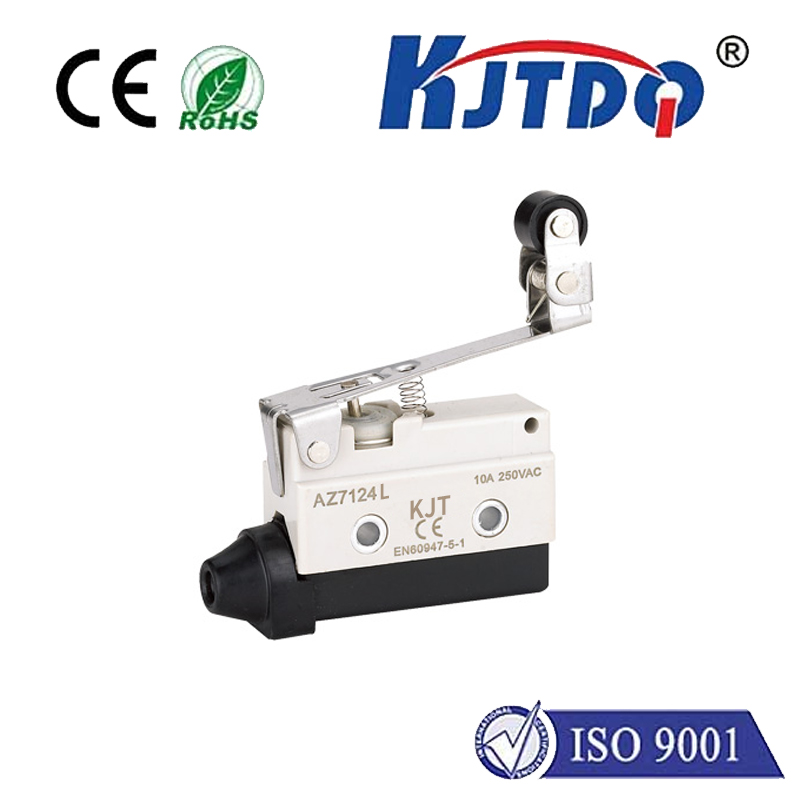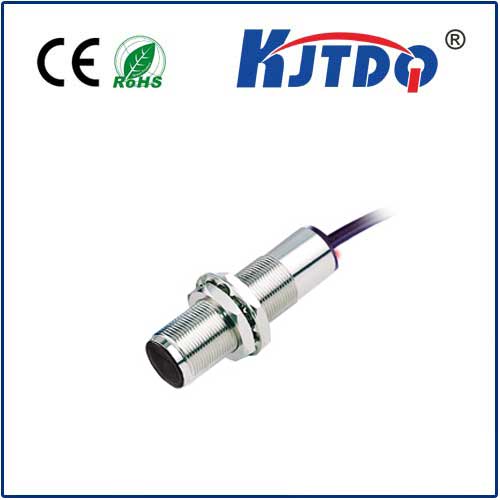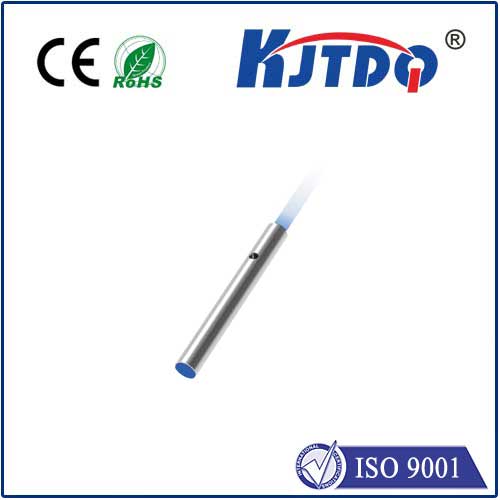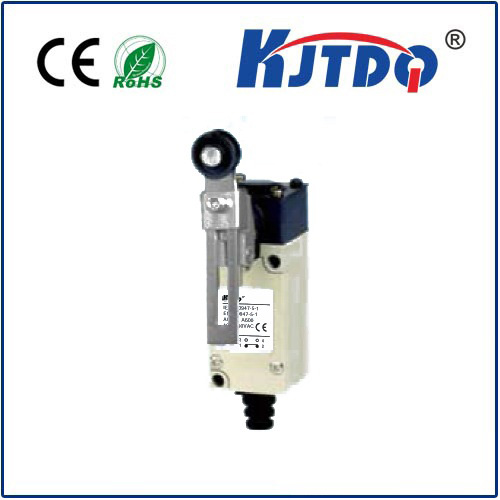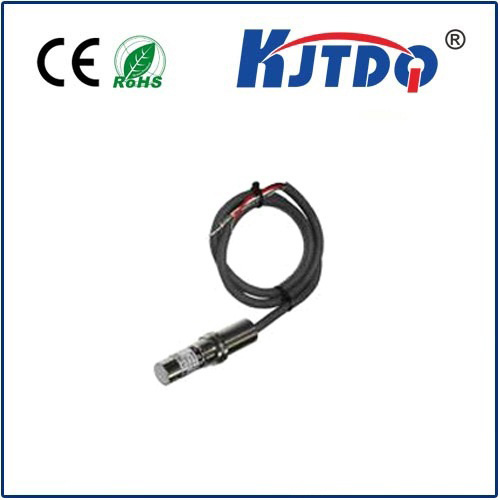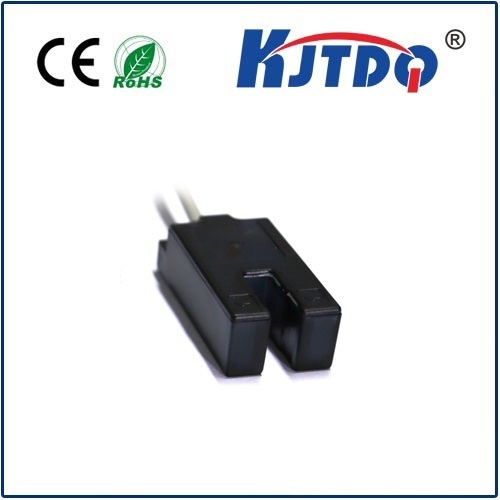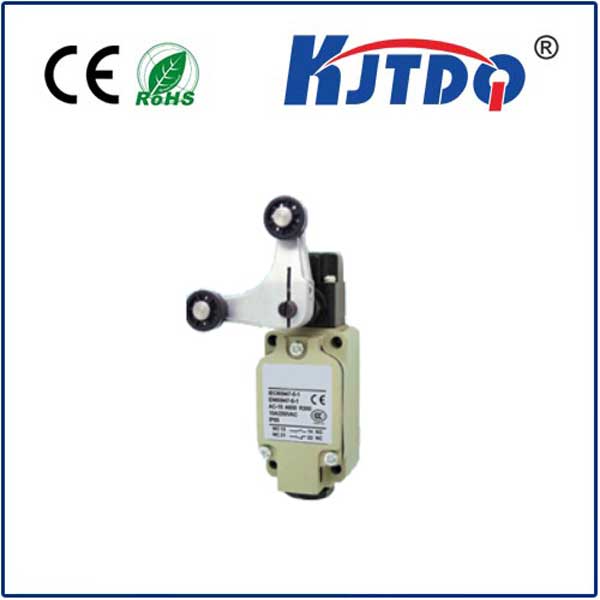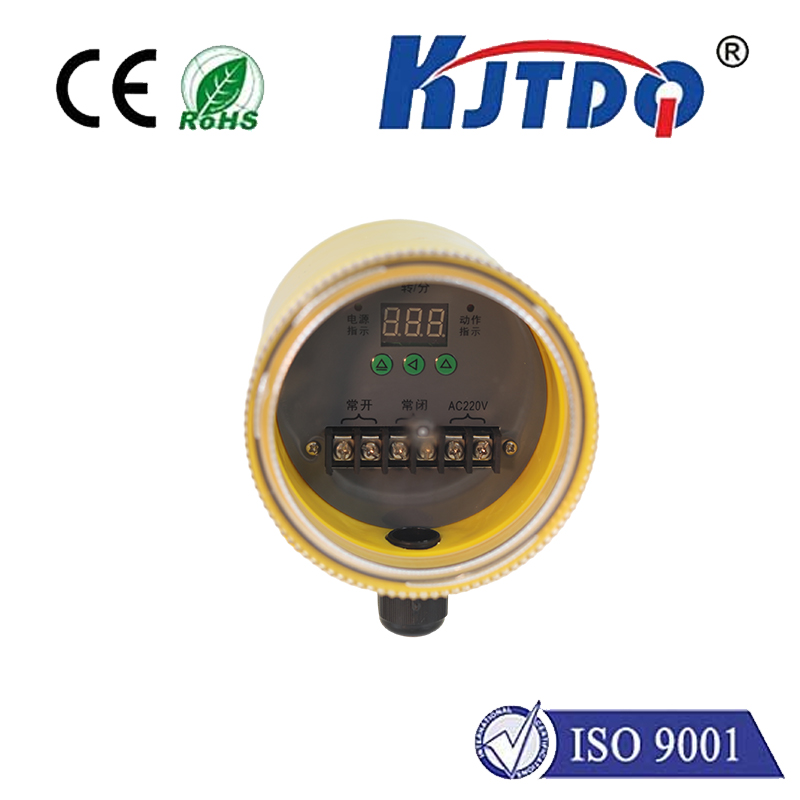photoelectric smoke sensor
- time:2025-09-10 21:30:53
- Нажмите:0
The Essential Guardian: How Photoelectric Smoke Sensors Offer Superior Fire Detection
Smoke detectors are non-negotiable guardians in any home or building. But did you know not all smoke alarms are created equal? When it comes to detecting the most common and deadly type of house fire – the slow-burning, smoldering kind – photoelectric smoke sensors stand out as a critical line of defense. Understanding their technology and advantages is vital for choosing the right protection for your safety.
Imagine a fire starting late at night – not a roaring blaze, but a smoldering couch ignited by a forgotten cigarette or an electrical fault smoldering within a wall cavity. This insidious fire type produces thick, opaque smoke long before significant flames erupt. While you sleep, this smoke silently fills your home. This is precisely the scenario where photoelectric smoke detectors prove their immense value.
Understanding the Core Technology: Light and Smoke
Photoelectric smoke sensors operate on a sophisticated yet elegantly simple principle: the interaction between light and smoke particles. At the heart of the detector lies a specially designed internal detection chamber that’s normally kept dark. Inside this chamber, a light-emitting diode (LED) projects a beam of light. Crucially, this beam is directed so that it does not strike the photodiode (the light sensor) directly under normal, smoke-free conditions.

When smoke particles begin to enter the detection chamber, they impinge upon the light beam. Unlike the microscopic particles from flaming fires (often better caught by ionization sensors), the larger particles produced by smoldering fires cause the light to scatter significantly. This scattering is known as the Tyndall effect. Some of this scattered light is reflected or deflected away from its original path and strikes the photosensitive photodiode.
- This activation of the photodiode by scattered light is the key trigger. The sudden detection of light in what should be a dark space signals the presence of smoke. The detector’s circuitry processes this signal and, if smoke density reaches a predetermined threshold, initiates the loud, piercing alarm to alert occupants.
Why Photoelectric Detection Matters: The Smoldering Fire Advantage
The distinct advantage of photoelectric technology lies in its sensitivity to the specific characteristics of smoldering fires:
- Faster Response to Smoldering Fires: Statistics consistently show that smoldering fires, often fueled by upholstery, bedding, foam-filled furniture, or electrical wiring, are a leading cause of fire fatalities, particularly during sleeping hours. Photoelectric sensors respond significantly faster to the large smoke particles generated by these fires compared to ionization-type detectors. This earlier warning provides precious extra minutes to escape.
- Reduced Nuisance Alarms: While no smoke detector is entirely immune, photoelectric sensors are generally less prone to false alarms caused by common household occurrences like cooking vapors (steam from the shower or boiling water) or dust particles stirred up during cleaning. This is because cooking steam or dust often consists of very fine particles that behave differently to the optically dense smoke from a genuine smoldering fire, leading to less scattering of the light beam. This minimizes the temptation to disable detectors – a dangerous practice.
- Comprehensive Safety: Modern fire safety best practices universally recommend using both photoelectric AND ionization technology (either in separate units or in dual-sensor alarms) for comprehensive protection. Smoke composition varies dramatically based on the fire source. Flaming fires (like a grease fire or burning paper) produce smaller particles typically detected faster by ionization sensors. Photoelectric sensors excel at smoldering fires. Together, they provide an essential overlap in detection capability.
The Inner Workings: More Than Just a Light Beam
While the principle of light scattering is fundamental, modern photoelectric smoke sensors incorporate sophisticated features:
- The Optical Chamber: Its unique design is critical. It prevents ambient light from interfering while maximizing the interaction between incoming smoke and the light beam. The placement of the LED and the photodiode is meticulously calculated.
- Signal Processing: Advanced circuitry constantly monitors the photodiode output. It applies algorithms to distinguish between actual smoke particles and transient disturbances like steam or dust, further reducing false alarms.
- Self-Testing: Many modern units periodically send a small signal through the circuit to verify the LED, photodiode, and alarm sounder are functioning correctly, often indicated by a brief chirp or status light.
- Interconnectivity: Interconnected photoelectric alarms (wirelessly or via wiring) are a life-saving feature. When one alarm detects smoke, all alarms in the network sound simultaneously, alerting everyone throughout the premises regardless of where the fire starts.
Where Photoelectric Sensors Shine: Ideal Applications
Given their strengths, photoelectric smoke sensors are particularly well-suited for specific locations:
- Near Kitchens (But Outside Immediate Cooking Areas): Their reduced susceptibility to cooking nuisance alarms makes them ideal for areas adjacent to kitchens. Avoid placing any detector directly above a stove.
- Hallways Outside Bedrooms: Crucial for providing early warning to sleeping occupants for smoldering fires originating in living areas or bedrooms themselves.
- Living Rooms and Family Rooms: Areas with upholstered furniture, electronics, and fireplaces/heaters – prime locations for potential smoldering ignition sources.
- Basements and Attics: Often contain electrical panels, furnaces, or stored items that could smolder. Interconnection is vital as fires starting here might not be readily noticeable.
A Critical Choice for Enhanced Safety
Choosing the right smoke detector technology is a critical safety decision. Photoelectric smoke sensors offer a vital technological advantage in detecting the large-particle smoke produced by dangerous smoldering fires, the type often responsible for tragic fatalities. Their faster response to these threats, combined with greater resistance to common nuisance alarms, makes them an indispensable component of a modern, layered fire safety strategy. Always prioritize photoelectric technology or dual-sensor units and ensure proper placement and regular testing to maximize the life-saving potential of your home’s first line of defense against fire.


